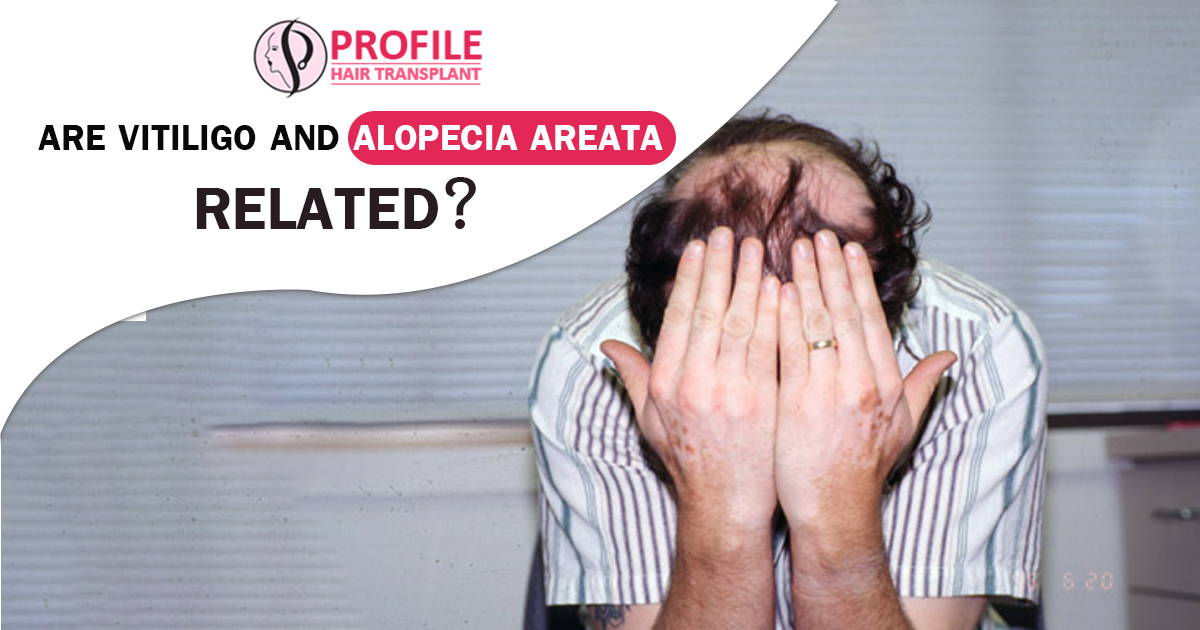Vitiligo and alopecia areata are autoimmune diseases. Some of the studies have shown that both of them are linked to each other. Many patients ask whether both these conditions are linked to each other. In this guide, we are going to discuss in detail the correlation between hair loss and vitiligo condition.
What is Vitiligo?
Vitiligo is a long-term condition that results in pale white patches and they develop on the skin. The patches occur due to lack of pigment which is melanin in the skin. This condition can affect any part of the skin and the most common areas include the neck, face, and hands.
In some cases, vitiligo can develop in the hair roots like on the scalp. Due to the lack of melanin, this can make the hair turned into grey or white hair.
What is Alopecia Areata?
Alopecia areata is the condition that results in hair loss in patches. In some cases, the hair can fall out from a small area and it is not noticeable. But, once the patches start connecting the other person can notice them easily. The problem occurs because the immune system affects the hair follicles which result in hair loss.
This condition can result in total hair loss and the hair will not grow out again. When the hair starts coming back it can fall out again and the regrowth can be different for every person.
The ideal way to treat hair loss is through the hair transplant. During the hair transplant surgery, the hair follicles are taken from the back of the scalp and then transplanted where hair growth is very less. Once the hair grafts are transplanted to the problematic area they will continue to grow there for a lifetime.
Are the Vitiligo and Alopecia Areata linked?
One of the links between alopecia areata and vitiligo is that both of them are autoimmune conditions of the skin. Vitiligo is caused when the melanocytes get destroyed which results in white patches on different body parts. This condition will result in patchy hair loss all over the body.
With alopecia areata, it results in patchy hair loss on the scalp and different other body parts.
In terms of appearance, both of these conditions are extremely different, the cytokine and the immune cell populations which link each other cell are similar. In both the conditions, the genetic risk factor is common and they share the same pathogenesis. Both of the conditions are similar and if you have vitiligo it does not mean you will have alopecia areata.
If you want to have more information about the hair loss condition then you should book your appointment with the doctor today only and get the best treatment plan.




